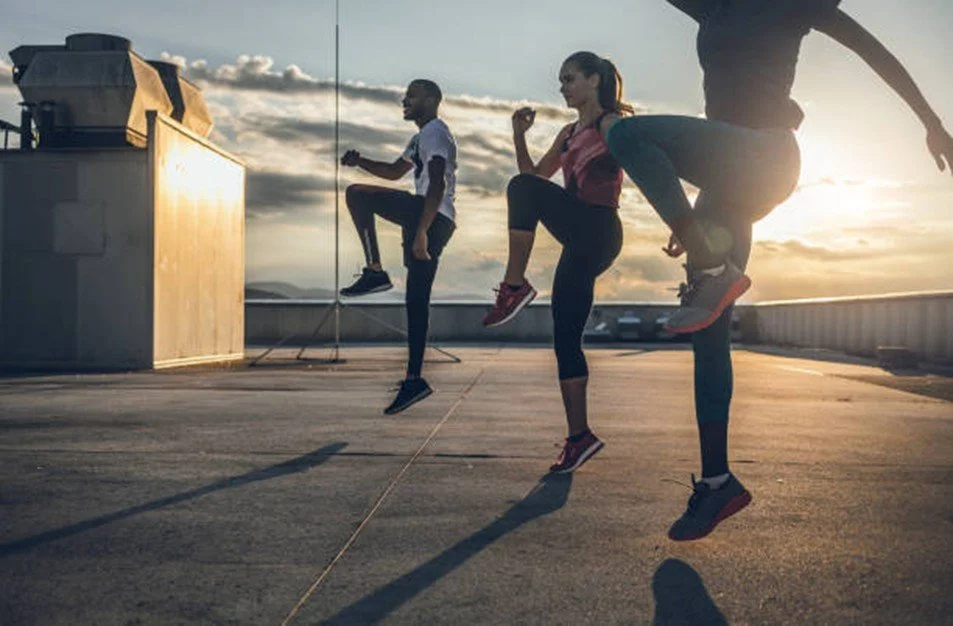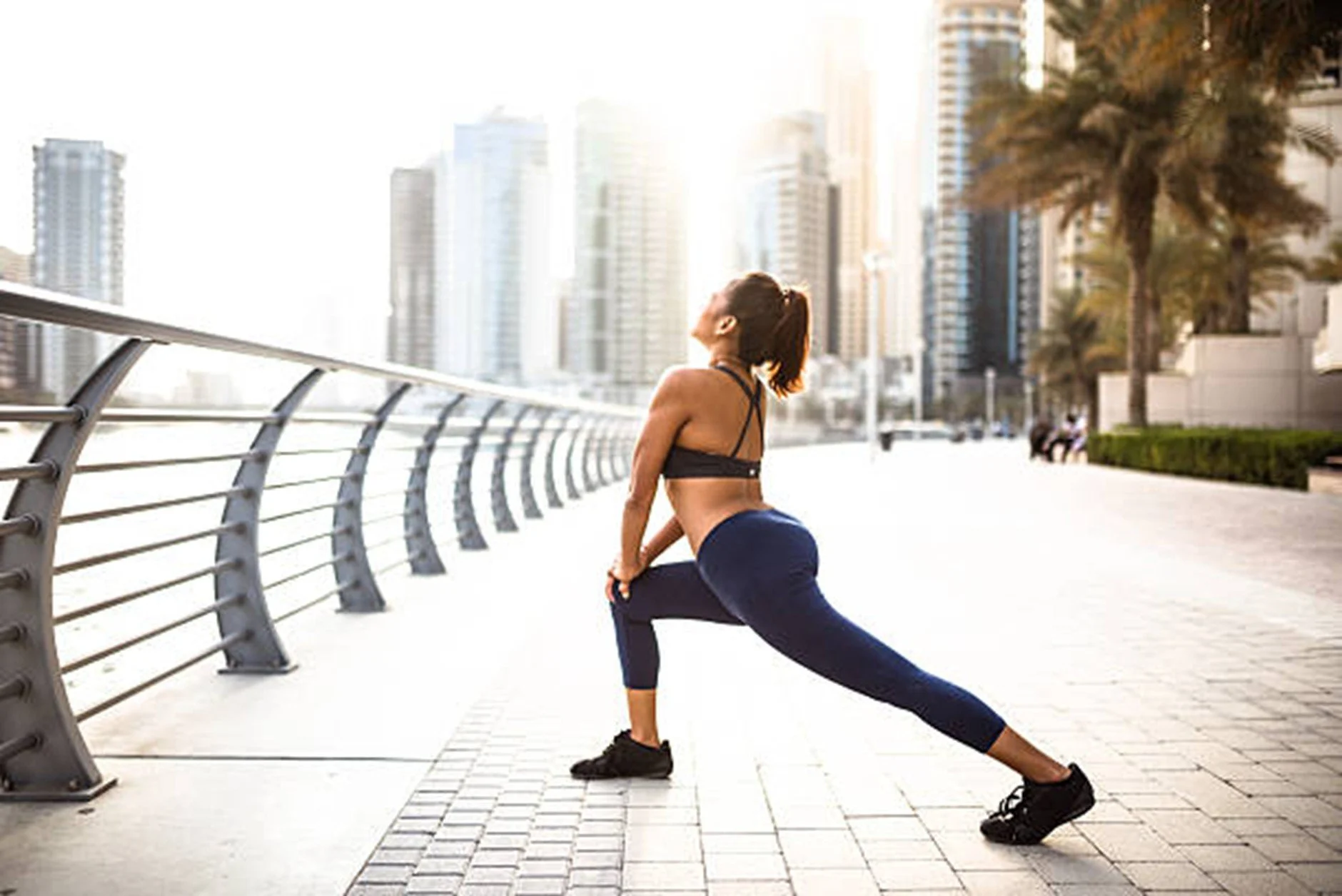The 4 Pillars of Sports Injury Prevention: What Your Body Needs More Than a Protein Shake
About Sports Injury
Whether you’re a weekend warrior, a dedicated amateur, or a professional athlete, staying injury-free is the bedrock of consistent performance and long-term enjoyment of your sport. Injury prevention is an active, ongoing process, and it often boils down to a few key, foundational principles that are too often overlooked.
Strength Training
Strength training is arguably the most effective single intervention for musculoskeletal injury prevention, directly fortifying the body against the stresses of sport and daily life.
It works by increasing the tensile strength of muscles, ligaments, and tendons, and improving joint stability through better neuromuscular control. Critically, large-scale meta-analyses in the British Journal of Sports Medicine found that exercise programs, especially those focused on strength training, have been shown to reduce sports injuries to less than one-third and cut overuse injuries almost in half (Lauerson et al, 2014; Lauerson et al., 2018).
This suggests that consistent resistance work reduces the incidence of acute sprains and strains while building a more resilient, injury-proof foundation for long-term physical activity.
2. Dynamic Warm-Ups
The classic mistake: jumping straight into high-intensity activity. Your body is not an engine that can instantly run at full throttle. A dynamic warm-up, also known as a neuromuscular warm-up, is essential. This involves movements that mimic your sport and increase blood flow and muscle temperature, preparing your nervous system and joint structures for the demands ahead.
Think high knees, lunges, leg swings, and light jogging. For a complete warm-up, consider the FIFA 11+ program , which has reduced the risk of injury in soccer players by 30% (Sadisgursky et al., 2017).
For those who enjoy a good stretch, skip the static stretching before your activity as they have been shown to reduce athletic performance. Instead, save that for the cool-down.
3. Appropriate Training Load and Adequate Rest
Enthusiasm is wonderful, but it must be tempered with common sense. Trying to achieve too much, too soon, is a primary cause of overuse injuries (e.g., tendinopathy, stress fractures).
The principle of progressive overload means gradually increasing the intensity, duration, or frequency of your training for continued gains. However, the increase should be controlled within a “sweet-spot” Acute:Chronic Workload (ACWR) range of 0.8 to 1.3 to maximise gains and minimise injury risk (Gabett, 2016).
Equally important are rest and recovery.
Your body doesn't get stronger while you're training; it gets stronger while you're recovering. Research has even found that sleeping less than 8 hours nightly increases the risk of injury by 70% (Milewski et al., 2014). Adequate sleep, proper nutrition, and scheduled rest days are non-negotiable. Ignoring nagging pain to "push through it" is the fast track to a chronic problem, so learn to listen to your body.
4. Use of Protective Equipment
Ensure your gear is suitable and well-maintained. Effective protective equipment is a proven strategy for minimizing the discomfort and expense of sports injuries. Research confirms that external devices play a crucial role, with helmets and face shields successfully reducing head and facial trauma.
Similarly, using mouthguards is effective in preventing dental and orofacial injuries. For lower body protection, wearing ankle bracing (like semirigid orthoses or air-cast braces) significantly reduces the incidence of ankle sprains in high-risk sports like basketball and soccer.
Furthermore, using shock-absorbing insoles has demonstrated effectiveness in preventing stress fractures of the lower limb, providing a clear path to injury prevention (Parkkari et al., 2001).
The Takeaway
Injury prevention is a proactive process. It’s about being mindful of your body, respecting its limitations, and investing in a structured approach to preparation and recovery. If you're unsure about your training methods or suspect an underlying weakness, schedule a screening with a physiotherapist. We can provide you with a tailored prehabilitation plan to keep your engine running smoothly and, most importantly, keep you enjoying your sport for years to come. Don't wait for an injury to get on the prevention path: the time to start is now.
References:
Gabbett, T. J. (2016). The training—injury prevention paradox: should athletes be training smarter and harder?. British journal of sports medicine, 50(5), 273-280.
Lauersen, J. B., Andersen, T. E., & Andersen, L. B. (2018). Strength training as superior, dose-dependent and safe prevention of acute and overuse sports injuries: a systematic review, qualitative analysis and meta-analysis. British journal of sports medicine, 52(24), 1557-1563.
Lauersen, J. B., Bertelsen, D. M., & Andersen, L. B. (2014). The effectiveness of exercise interventions to prevent sports injuries: a systematic review and meta-analysis of randomised controlled trials. British journal of sports medicine, 48(11), 871-877.
Milewski, M. D., Skaggs, D. L., Bishop, G. A., Pace, J. L., Ibrahim, D. A., Wren, T. A., & Barzdukas, A. (2014). Chronic lack of sleep is associated with increased sports injuries in adolescent athletes. Journal of pediatric orthopedics, 34(2), 129–133.
https://doi.org/10.1097/BPO.0000000000000151
Parkkari, J., Kujala, U. M., & Kannus, P. (2001). Is it possible to prevent sports injuries? Review of controlled clinical trials and recommendations for future work. Sports medicine, 31(14), 985-995.
Sadigursky, D., Braid, J.A., De Lira, D.N.L. et al. The FIFA 11+ injury prevention program for soccer players: a systematic review. BMC Sports Sci Med Rehabil 9, 18 (2017). https://doi.org/10.1186/s13102-017-0083-z
About MoveMed Physiotherapy Singapore
At MoveMed, we support your recovery through purposeful movement.
Our professionally trained physiotherapists at Novena provide tailored sessions in a well-equipped facility—featuring treatment beds, shockwave therapy machines and more —to help you regain strength, mobility, and confidence.
Whether it’s pre-op rehab, pain management or post-op rehab, our team is here to guide your journey every step of the way.
📞 Call / WhatsApp: +65 9627 2000
📧 Email: hello@movemedsg.com
Regain control. Move better. Live stronger.




